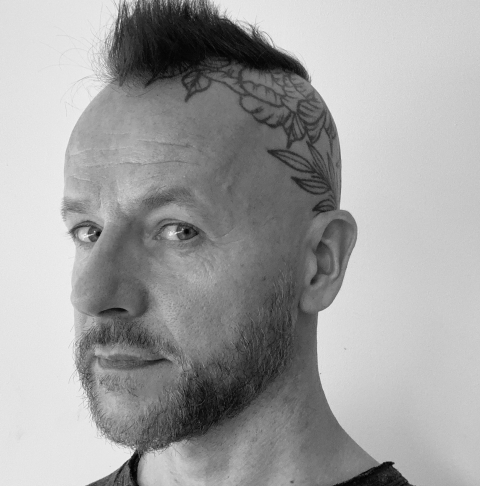

Mr Julian Roberts
Biography
Julian Roberts is a UK fashion designer and academic, born in 1971 in South Wales. He has worked with many international colleges, held Professorship and Senior Tutor posts, and worked with the Royal College of Art in post-graduate education between 1999-2022. Julian is currently Senior Tutor for Fashion & Textile Design at Portsmouth University UK, and Trustee of the Graduate Fashion Foundation (GFF/GFW) UK.
Julian Roberts is the inventor of an internationally recognised method of fashion pattern cutting design called ‘Subtraction Cutting’ which he has personally performed in over 39 countries internationally during a period of 25 years. Julian’s Subtraction Cutting research portfolio was submitted to the Research Excellence Framework (REF) 2021 by the Royal College of Art in London, contributing to the college receiving high quality research outputs graded ‘World-Leading’ and ‘Internationally Excellent’.
Julian showed 12 collections during London and Paris Fashion Weeks between 1998-2007 under the label names Nothing Nothing and JULIANAND, receiving the ‘New Generation Award’ from the British Fashion Council for both his Nothing Nothing and Julian and Sophie labels. He now collaborates on a label named Nothing Nothing2 with Georgian fashion designer Mari Bendeliani with a focus on one-of-a-kind collectable pieces which utilise sustainable making practices
Research interests
Subtraction Cutting is a series of works that challenge conventional approaches to the construction and communication of fashion design.
The research addresses how designers beneficially engage with abstract methodologies of making in large participatory audiences, and within short timeframes. It investigates how creative risk-taking and collaborative making activities become more widely accessible, and used to help raise confidence in creative ability, without requiring high levels of prior knowledge or expertise.
Roberts uses action research as the principal method for testing the effectiveness of live performances of garment making, incorporating projected video and spoken narrative to engage collaboratively with mixed participatory audiences of varying sizes, nationalities, age groups, and levels of expertise.
By developing simplified and deliberately abstract variations of construction Subtraction Cutting demonstrates how intuitive experimentation in textile material and chance discovery helps re-sequence conventional design procedure, whilst reducing reliance on numerical sizing and measurement. This structural change results in deliberately disorientating, hard-to-predict and elaborate outcomes which provoke aesthetic judgment, and contribute to dialogue about the relationship between the body of the maker and the wearer, and the movement of flexible textile material around the dynamic human form.
